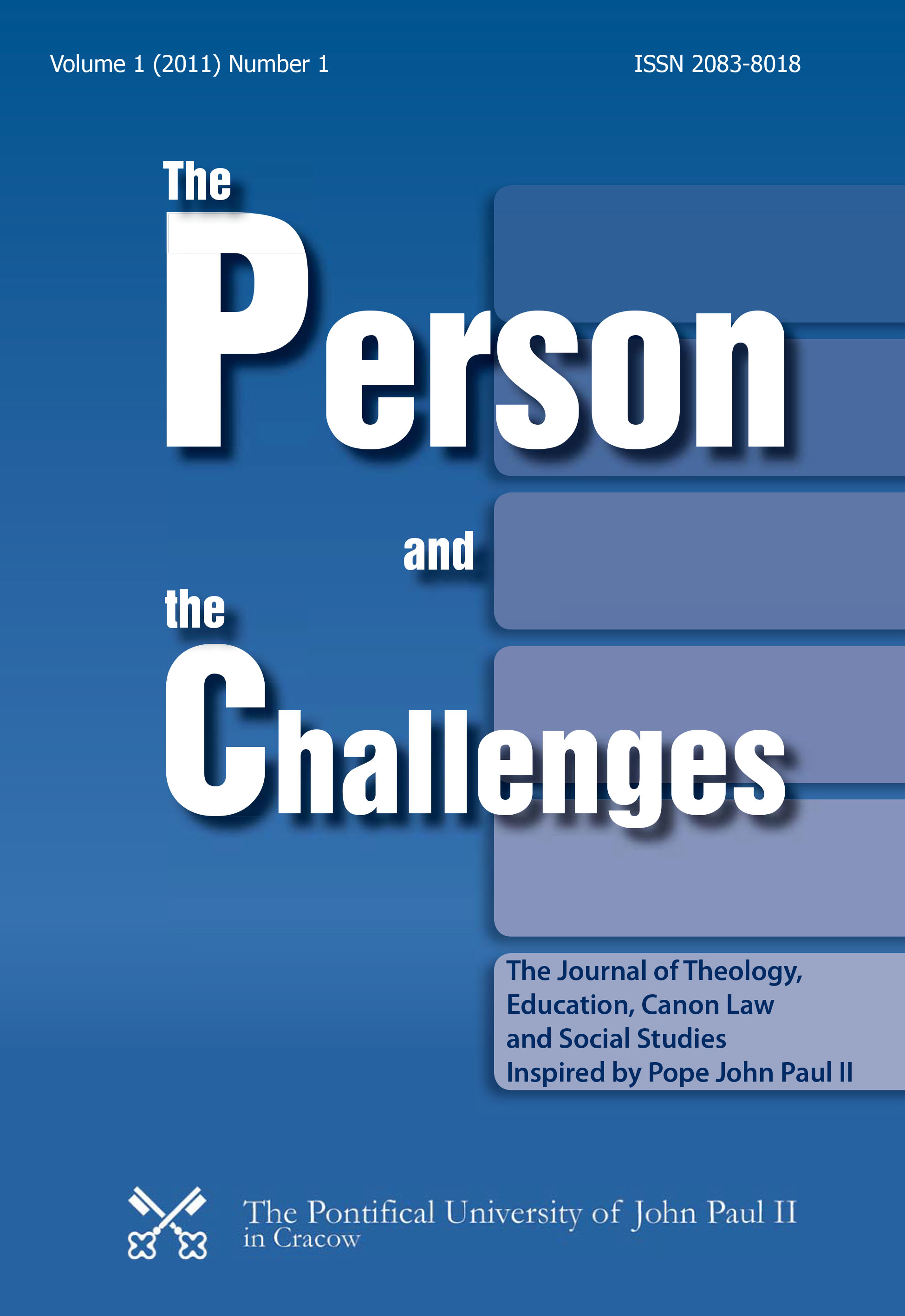Catechesis Inside Out A Hermeneutical Model for Catechesis in Parishes
DOI:
https://doi.org/10.15633/pch.837Słowa kluczowe:
catechesis, culture, hermeneutics, parish, intergenerational learningAbstrakt
Parochial catechesis in Belgium, especially in Flanders as the Dutch-speaking part of Belgium, is confronted with a lot of challenges. This text deals with three main thematic clusters. The fi rst cluster centres on the relation between ‘Christianity’ and ‘culture’ and its consequences for the content and the method of the catechesis. In a context where Christianity and culture are no longer intrinsically linked to each other, new models of catechesis have to be found. The authors propose a ‘hermeneutical model of catechesis’, whereby many elements of the surrounding culture and of the faith tradition(s) are confronted with each other in a multidimensional way, challenging each other. In this vision, religious truth is not a set of dogmas that should be transmitted, but an open and ‘utopian’ search process that asks for new questions time and again. From a didactical as well as from a theological perspective this hermeneutical model offers new opportunities for catechesis. The second cluster can be summarized as ‘life-long’ and ‘life-wide’ learning. The authors argue that is it necessary to create vertical (intergenerational) and horizontal (among a generation or a speci fi c group) networks dealing with religious communication. Thereby they propose a speci fi c church organisation with lots of possibilities for cooperation between different parochial groups. The title of the article, catechesis inside out, refers to the vision that religious communication is not only a task inside church communities. The authors argue for open church communities daring to speak with people that hold to different world views. The second thematic cluster also deals with the organisation of the catechesis and more speci fi cally with the question of the target group or the age of those who are catechised. In a third movement the article deals with questions about finding ‘good’ catechists. At the end of the text the authors offer a summarizing re fl ection on the art work ‘Daughters of Eve’, which contains the main arguments they have dealt with.
Bibliografia
Dillen A., Religious Participation of Children as Active Subjects: toward a hermeneutical-communicative model of religious education in families with young children, “International Journal of Childrens Spirituality” 12 (2007) Nr 1, p. 37-49.
Dillen A., Hermeneutics in Real Life. Practical Theology in Flanders (Belgium),
“International Journal of Practical Theology” 12 (2008) Nr 2, p. 357-387.
Dillen A., Pollefeyt D., La place du constructivisme dans la catéchèse contemporaine, “Lumen vitae: revue internationale de catéchèse et de pastorale” 60 (2005) Nr 3, p. 261-278.
Pollefeyt, D., Belgium: the Hermeneutical-Communicative Model, in: H. Ziebertz (ed.), How Teachers in Europe Teach Religion, Berlin 2009, Lit Verlag, p. 31-44.
Pollefeyt D., Difference Matters. A Hermeneutic-Communicative Concept of Didactics of Religion, “Journal of Religious Education” 56 (2008) Nr 1, p. 9-17.
Pollefeyt D., Newcomers at the Source. When Youngsters Listen to the Church on the Future of Youth Ministry, “Bulletin European Society for Catholic Theology” 16 (2005) Nr 2, p. 48-59.
Pollefeyt D., Bieringer R.,The Role of the Bible in Religious Education Reconsidered: Risks and Challenges in Teaching the Bible, in: Bieringer R., Elsbernd M. (eds.), Normativity of the Future: Reading Biblical and Other Authoritative Texts in an Eschatological Perspective, Leuven-Paris-Dudley 2009, Leuven University Press - Peeters, p. 377-402.
Pollefeyt D., Lombaerts, H., Hermeneutics and Religious Education, Leuven 2004, Leuven University Press - Peeters.
Pobrania
Opublikowane
Numer
Dział
Licencja
Prawa autorskie (c) 2015 Annemie; Didier Dillen; Pollefeyt

Utwór dostępny jest na licencji Creative Commons Uznanie autorstwa 4.0 Międzynarodowe.
Autorzy publikujący w czasopiśmie udzielają jego wydawcy zgody o następującej treści:
- Autor zachowuje autorskie prawa majątkowe do utworu, a jednocześnie udziela wydawcy czasopisma zgody na jego pierwszą publikację w wersji drukowanej i wersji online na licencji Creative Commons Uznanie autorstwa 4.0 Międzynarodowe oraz zgody na wykonywanie opracowań, w tym przekładów.
- Autor ma możliwość udzielania zgody niewyłącznej na opublikowanie utworu w wersji, która ukazała się w czasopiśmie (np. zamieszczenia go w repozytorium instytucjonalnym lub opublikowania w książce), wraz z informacją o jego pierwszej publikacji w czasopiśmie.
- Autor może umieścić swój utwór online (np. w repozytorium instytucjonalnym lub na swojej stronie internetowej) jeszcze przed zgłoszeniem utworu do czasopisma.

